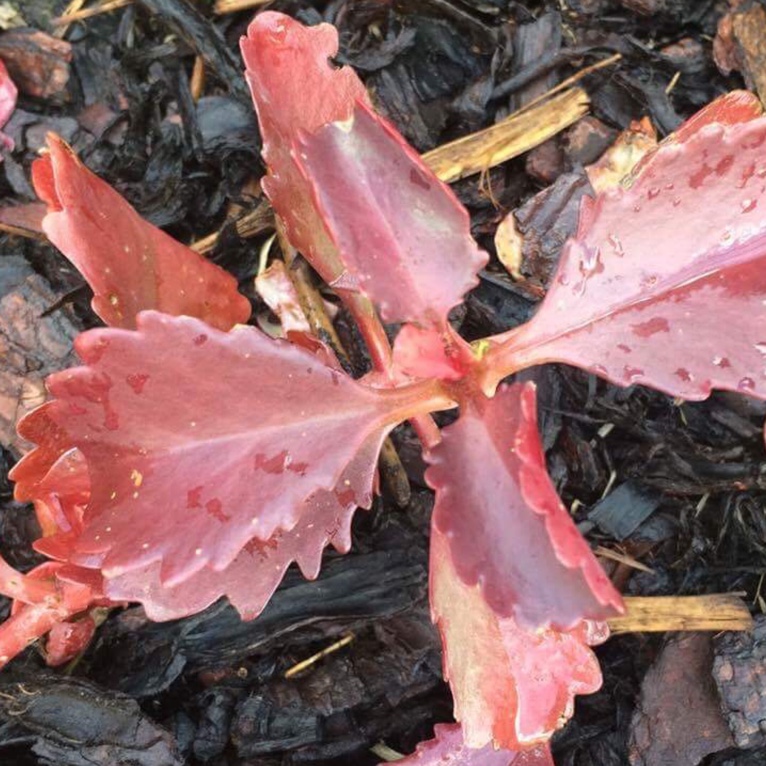
Kalanchoe brachyloba
Kalanchoe brachyloba
Kalanchoe brachyloba is a usually perennial (though sometimes biennial) succulent plant, producing a single stem that is usually unbranched. It can grow up to 2 metres tall.
Contributed by @ivedel24
-
Full sun to partial shade
-
Very little water
-
Not Frost hardy
-
Light and free draining
Common name
Kalanchoe brachyloba
Latin name
Kalanchoe brachyloba
type
Succulent
family
Crassulaceae
ph
5.0 - 7.0 Acid - Neutral
Plant & bloom calendar
-
Best time to plant
full grown dimensions
 0.50 M
2.00 M
0.50 M
2.00 M
Kalanchoe brachyloba
Kalanchoe brachyloba is a usually perennial (though sometimes biennial) succulent plant, producing a single stem that is usually unbranched. It can grow up to 2 metres tall.
Propogation by cuttings
From Early Spring TO Late Winter
According to mother of thousands plant info, Kalanchoe daigremontiana has lost the ability to produce seeds and only reproduces from plantlets. As it is an abundant producer, it can quickly get out of hand when dropping these baby plantlets.
Planting young plants
From Early Spring TO Early Spring
Kalanchoes do well in clay pots, and they must have a drainage tray that can be emptied. They’re small plants that don’t often have to be repotted.














